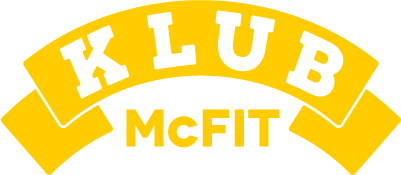Lower body
– two-headed thigh flexor
– semitendinosus muscle
– flat tendon muscle
– twin calf muscle
– Adjust the device to your height and position your feet behind the pad
– Bend your knees and maintain tension at the top of the movement
– Bring your legs back to the starting position in a controlled manner
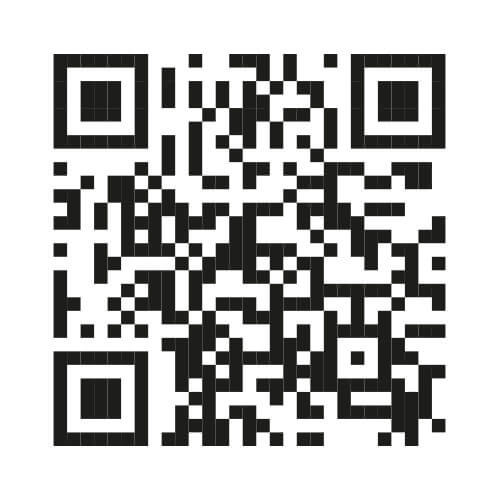
– quadriceps
– gluteus maximus
– biceps femoris, long head
– semitendinosus
– semimembranosus
– abductors
– adductors
– Adjust the machine and place your feet shoulder-width apart with toes slightly pointed outward
– The angle at the knee joint should be 90 degrees or less at the start
– With a firm torso, push the weight up and extend your legs
– Bend your knees and return to the starting position
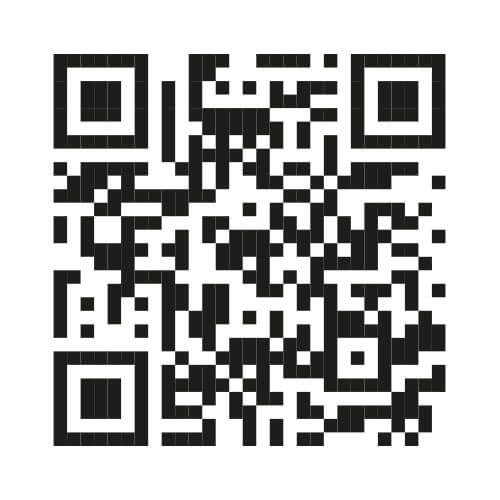
– Quadriceps
– Adjust the machine to your height and position your feet behind the pad
– Extend the knees and hold the tension at the top of the movement
– Bring your legs back to the starting position in a controlled movement
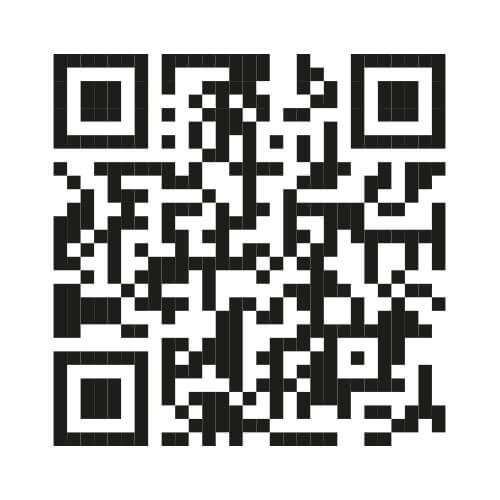
– Twin calf muscle
– Soleus muscle
– Take a straight, upright stance
– Back straight, head in extension of the spine
– Tighten abdomen and glutes
– Feet hip-width apart and parallel on the balls of the feet
– Knee joints remain slightly bent
– Resistance pads rest on the shoulders
– Stretch as far as possible in the upper ankle joint
– Controlfully lower heels back down to the maximum
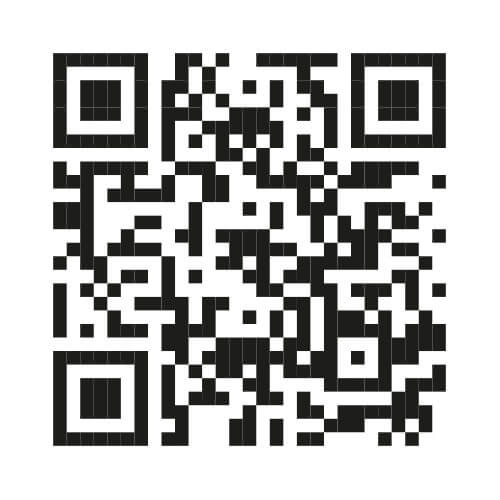
Abductors:
– gluteus maximus
– gluteus medius and minimus
– tensor fasciae latae
Adductors:
– adductor magnus
– adductor brevis
– adductor longus
– pectineus
– gracilis
Abduction:
– Take a stable sitting position
– Spine and pelvis are resting against the backrest
– The knee pads are located on the outside of the thighs
– The thighs are nearly closed
– From this starting position, push the legs outward as far as hip mobility and back-friendly sitting position allow
– Then return to the starting position
Adductors:
– Take a stable sitting position
– Spine and pelvis are resting against the backrest
– The knee pads are located on the inside of the thighs
– The thighs are opened as far as hip mobility and back-friendly sitting position allow
– From this position, push the pads inward as far as possible
– Then return to the starting position
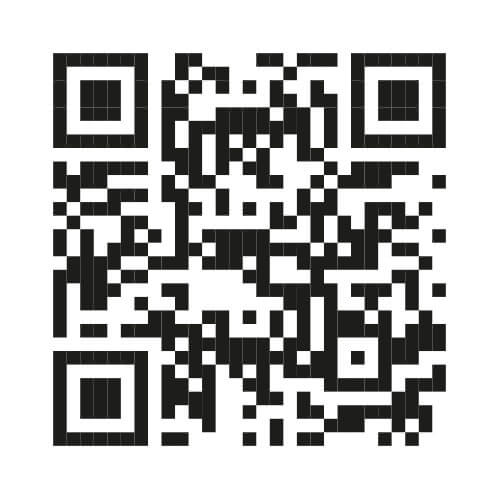
Incline Bench Press:
– major pectoral muscle
– deltoid muscle, anterior part
– triceps brachii
– trapezius muscle
Squats:
– quadriceps
– gluteus maximus
– biceps femoris, long head
– semitendinosus
– semimembranosus
– abductors
– adductors
– spinal extensor
Incline Bench Press:
– take a stable seat on the incline bench
– back rests against the backrest, head is in line with the spine
– fix legs on the ground
– the barbell is positioned above the upper part of the chest
– elbows are spread out to the sides and are below the barbell
– wrists are stable and form a line with the forearms
– pull shoulders down
– unlock the barbell and release it from the holder, then lower it down
– lightly touch the upper third of the chest with the barbell and then press back up
– elbows are slightly bent in the end position
– return to the starting position
Squats:
– hip-width, stable stance
– take a slightly forward-placed position under the barbell
– the barbell rests on the trapezius muscle
– the weight rests on the entire foot
– grip the barbell with both hands, slightly wider than shoulder-width
– elbows point sideways downwards
– unlock the barbell and release it from the holder
– bend at the hip and knee joint only as far as correct back and foot posture can be maintained. (ideally under 90°)
– from this starting position, extend at the hip and knee joint until the knees are only slightly bent
– keep the back permanently straight
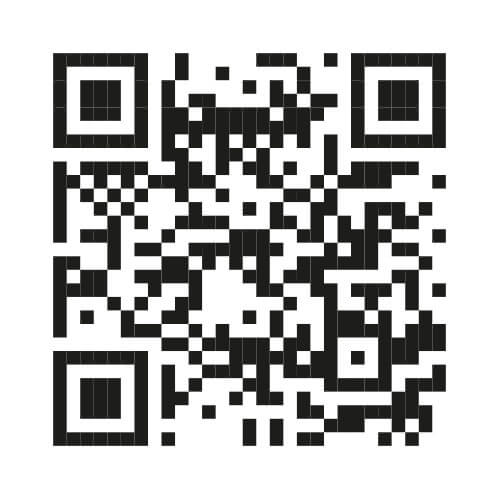
Squats:
– quadriceps
– gluteus maximus
– biceps femoris, long head
– semitendinosus
– semimembranosus
– abductors
– adductors
– back extensors
Squats:
– hip-width, stable stance
– take a slightly forward position under the barbell
– the barbell rests on the trapezius muscle
– the weight load rests on the entire foot
– grip the barbell with both hands, slightly more than shoulder-width apart
– elbows point sideways downwards
– unlock the barbell and lift it out of the holder
– bend at the hip and knee joints only as far as a correct back and foot position can be maintained. (ideally under 90°)
– from this starting position, extend at the hip and knee joints until the knees are only slightly bent
– the back remains straight at all times
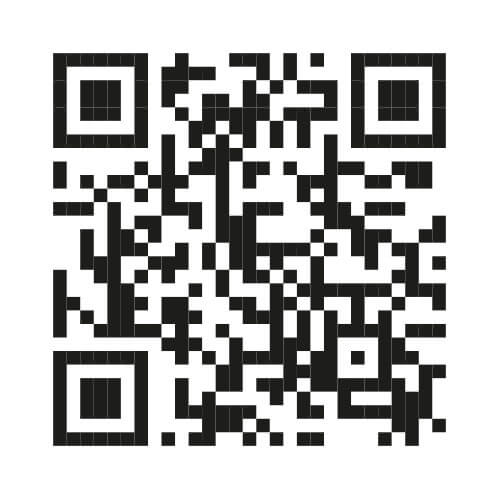
– gluteus maximus
– biceps femoris
– semitendinosus
– semimembranosus
– erector spinae
– take a seated position on the Booty Booster
– support your upper back against the back cushion
– head is in line with the spine
– fix your legs shoulder-width apart and place the pelvic roll in the center of the pelvis
– press your feet into the ground and tighten your glutes
– lift your pelvis upward until your body is parallel to the ground
– when lowering, your glutes should only lightly touch the seat cushion before you lift the pelvis again
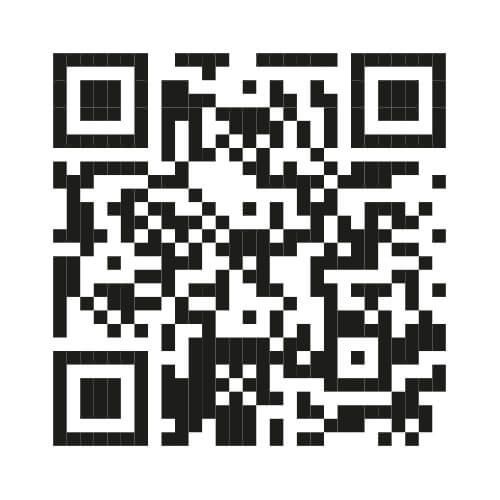
– gluteus maximus
– biceps femoris, long head
– semitendinosus
– semimembranosus
– back extensor
– Adjust the movable cushion to the height of your shoulder blades
– Place your back against the cushion and your feet on the support
– Extend your hips and spine to push back against the cushion until your back is straight
– Slowly return to the starting position
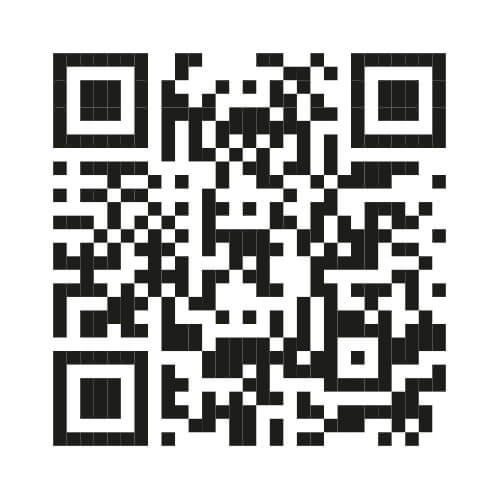
– gluteus maximus
– biceps femoris, long head
– semitendinosus
– semimembranosus
– back extensor
– pelvis position on the pad
– the iliac crest is free
– the legs are fixed
– arms are positioned sideways or crossed in front of the chest
– upper body bends down with a straight back to about 90°
– upper body is raised back to the body’s longitudinal axis


